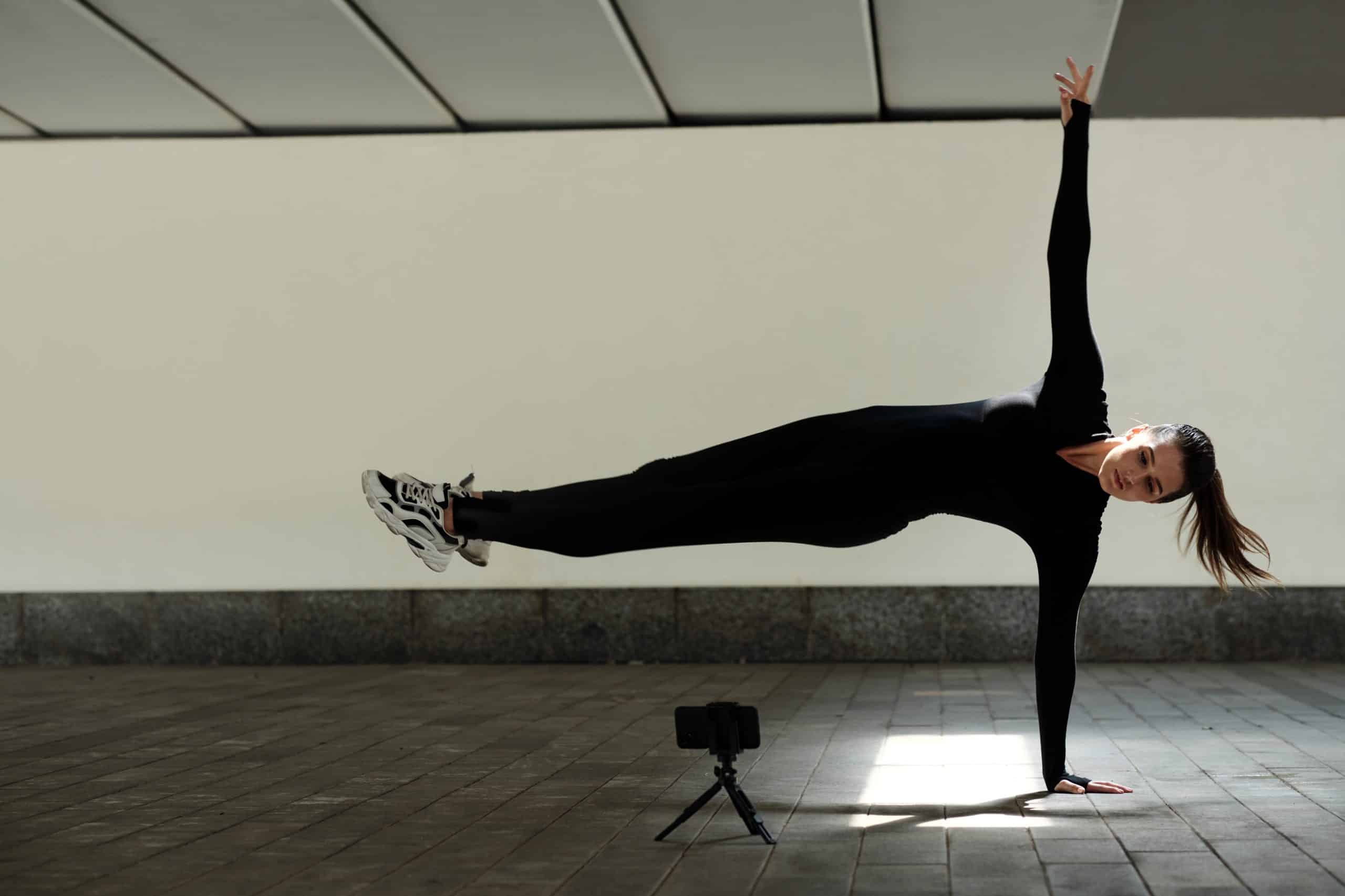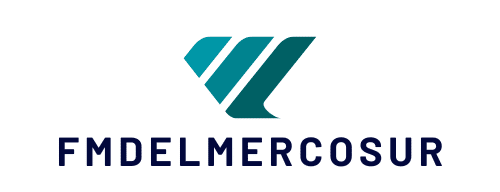How Can Real-Time Muscle Oxygenation Feedback Enhance Endurance in Competitive Rowers?

If you’re an elite rower or coach, you know how pivotal every second counts in a race. The difference between winning and losing often lies in your ability to optimize and regulate your physical performance. You already work hard in training, focusing on your rowing technique, power generation, and endurance. But, what if there was a way to get an edge, a way to push your performance forward using real-time data? That’s where muscle oxygenation feedback comes into play.
Understanding Muscle Oxygenation and NIRS
Let’s start by discussing what muscle oxygenation is and the technology that measures it. Muscle oxygenation refers to the level of oxygen available in the muscles during exercise. The more efficiently your body can deliver oxygen to the working muscles and utilize it, the better your performance and endurance will be.
Dans le meme genre : How Can Virtual Reality Exposure Improve Climbing Skills in Mountaineers?
Near-infrared spectroscopy (NIRS) is a technology that measures muscle oxygenation in real-time. It utilizes a spectrum of light to determine the amount of oxygen available in the tissue beneath the skin. While the concept may sound a bit technical and perhaps new to some, according to Google Scholar and PubMed, a significant number of sports physiologists and elite athletes have been using this technology to enhance performance in various sports, including rowing.
The Impact of Training with Muscle Oxygenation Feedback
Now, let’s delve into the nitty-gritty: how exactly does training with muscle oxygenation feedback enhance performance and endurance? When training, your body undergoes stress, causing your muscles to require more oxygen. As a rower, this demand is even higher due to the full-body involvement and the need for both power and endurance.
Dans le meme genre : What’s the Best Breathing Technique for Reducing Heart Rate Variability in Biathletes?
According to a study published in the Journal of Applied Physiology and indexed in CrossRef, training with real-time muscle oxygenation feedback allows you to understand how your body responds to different intensities of exercise. It helps you identify your ‘sweet spot’ – the optimal balance between effort and oxygenation that leads to peak performance. You are then able to adjust your training regime and strategy accordingly, focusing on maintaining this ‘sweet spot’ throughout the race. This means enhanced efficiency and, in turn, enhanced endurance.
Applying Muscle Oxygenation Feedback in Rowing
Rowing is a challenging sport that demands both aerobic and anaerobic fitness. Aerobic fitness refers to your body’s ability to use oxygen to fuel muscle activity during exercise. On the other hand, anaerobic fitness is your body’s capacity to perform high-intensity activities in the absence of sufficient oxygen. The balance between these two is crucial in rowing.
A study indexed in PubMed and Google Scholar showed that elite rowers who trained with muscle oxygenation feedback significantly improved their power output and rowing times. They were able to monitor their oxygenation levels and adjust their stroke rates and power output to maintain optimal oxygenation.
The Role of THB and MedO in Muscle Oxygenation
Within the realm of muscle oxygenation, two variables are worth noting: Total Hemoglobin (THb) and Medial Oxygen Saturation (MedO). THb is a measure of the blood volume in the muscle tissue. It provides critical information on how the body is delivering oxygen to the muscles.
MedO, on the other hand, is a measure of how well the muscle is utilizing the available oxygen. A high MedO reading indicates that the muscle is not using all the available oxygen, which may be a sign of poor efficiency or underperformance.
Training with an understanding of these variables provides real-time feedback on how effectively the body is using oxygen during exercise, allowing for adjustments that optimize performance. For instance, increasing stroke rate or power output when MedO is high can help the athlete use more of the available oxygen, thereby improving performance.
Conclusion: An Edge for Elite Rowers?
According to various sports physiologists and scholarly studies on PubMed and Google Scholar, muscle oxygenation feedback is a game-changer in the world of competitive rowing. It provides real-time data that can help optimize training and racing strategies, leading to improved power output, faster rowing times, and enhanced endurance.
The use of NIRS technology and the understanding of variables such as THb and MedO makes it possible to fine-tune an athlete’s performance in a way that was not previously possible. It is an exciting time for the world of competitive rowing and sports science, and this technology undoubtedly holds much promise for the future.
The Practical Application of NIRS Technology in Training Sessions
The rigorous physical demands of rowing require a balanced approach to training. According to a study indexed by Google Scholar, focusing only on increasing power output or optimizing stroke rate without considering the body’s reaction could lead to underperformance or even injury. This is where the application of Near-Infrared Spectroscopy (NIRS) technology comes into the picture.
NIRS technology, as mentioned earlier, provides real-time data on muscle oxygenation levels. This is achieved by shining a specific spectrum of light onto the skin, which is absorbed by the blood and muscle tissue beneath. The light that isn’t absorbed is reflected back and measured by the NIRS device. The key advantage of NIRS is its non-invasive nature, allowing it to be utilized during both training and actual competition.
During training sessions, athletes can wear NIRS devices on their bodies, typically on the thigh muscle (vastus lateralis), a major muscle group used in rowing. As they row at varying intensities, the NIRS device captures and displays real-time muscle oxygenation data. Athletes and coaches can then analyze this data, tuning workouts to maximize oxygen use, enhance endurance and optimize stroke rate, all while reducing the risk of overstressing the muscles.
A study indexed by Sports Med and Crossref PubMed, found that rowers who used NIRS to monitor muscle oxygenation during workouts showed significant improvement in their aerobic fitness. This was possible because they could better modulate their efforts, maintaining an optimal balance between power generation and oxygen usage.
Optimizing Performance: The Interplay of Heart Rate and Muscle Oxygenation
A heart rate monitor is a common tool used by athletes across various sports to track physical exertion levels. However, according to research indexed in Appl Physiol, Crossref Google, and Crossref PubMed, heart rate alone can be a misleading indicator of effort in high-intensity sports like rowing.
That’s because heart rate is an overall indicator of physiological stress and doesn’t provide specific insight into how well muscles are utilizing oxygen. On the other hand, muscle oxygenation data, as collected by NIRS devices, directly measures the oxygenation level in specific muscles, providing more accurate real-time feedback on the body’s response to exertion.
In rowing, monitoring both heart rate and muscle oxygenation can provide a comprehensive view of an athlete’s performance. For example, a high heart rate accompanied by high muscle oxygen saturation (MedO) might indicate the athlete is exerting significant effort but is not efficiently utilizing oxygen in their muscles. This data could prompt a change in training strategy to improve oxygen use.
On the other hand, a high heart rate with a low muscle oxygen level could suggest the athlete is pushing too hard, risking injury or burnout. In such cases, the training strategy might be adjusted to lower the intensity and improve endurance.
Conclusion: The Future of Training in Competitive Rowing
The world of competitive rowing is on the brink of a revolution, thanks to advancements in sports science and technology like NIRS. As studies from Google Scholar, PubMed CrossRef, and Crossref Google suggest, real-time muscle oxygenation feedback can significantly enhance performance and endurance in rowers.
By providing a deeper, more specific understanding of the body’s response to physical exertion, NIRS technology enables athletes and coaches to tailor training regimes for maximum efficiency. The ability to monitor vital parameters like THb and MedO during exercise offers unprecedented opportunities to optimize performance.
In conclusion, the practical use of NIRS technology and the application of muscle oxygenation data in training strategies promises an exciting future for competitive rowing. As the sport continues to embrace these advancements, we can expect to see even higher levels of performance and endurance in the years to come.
